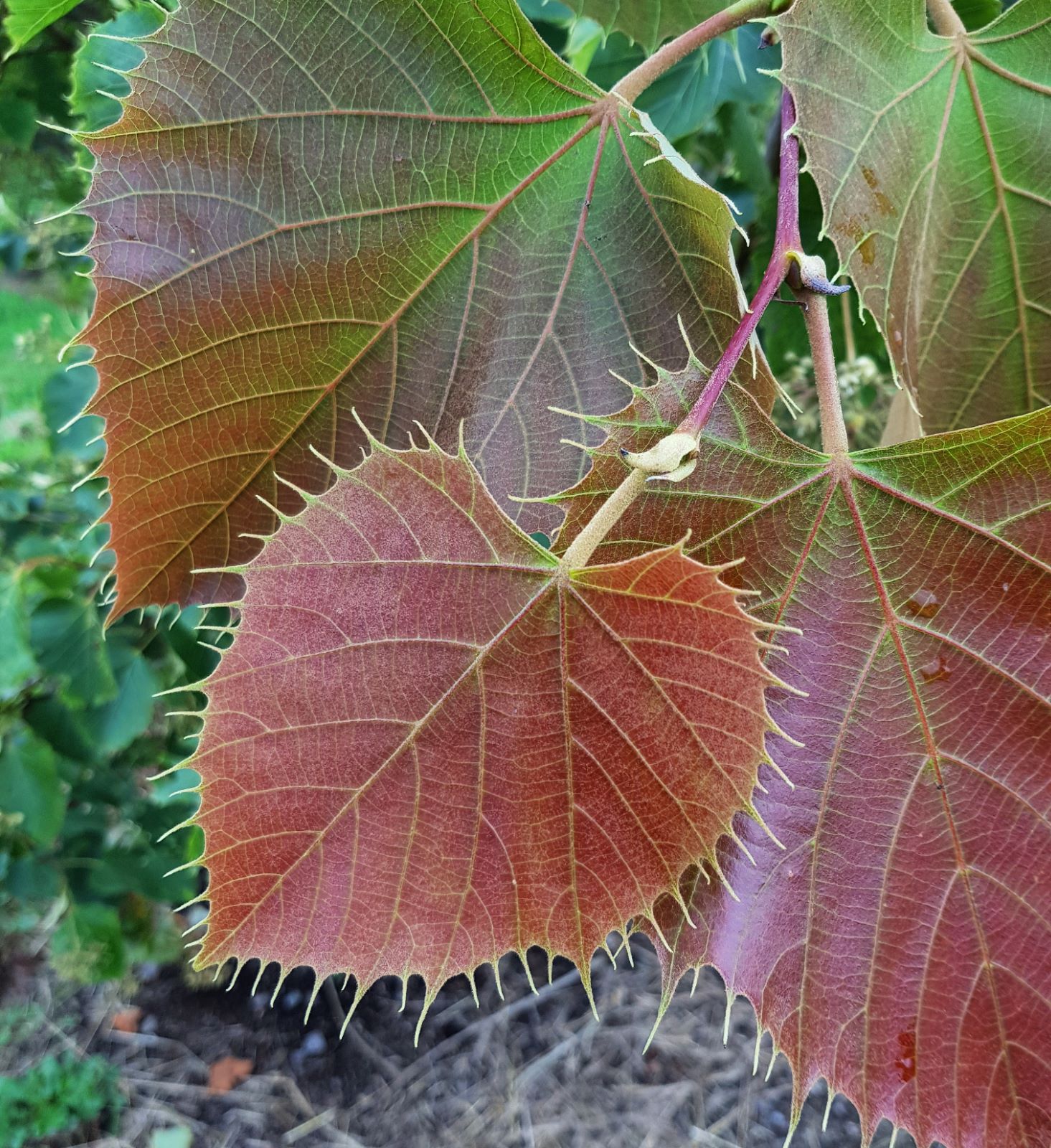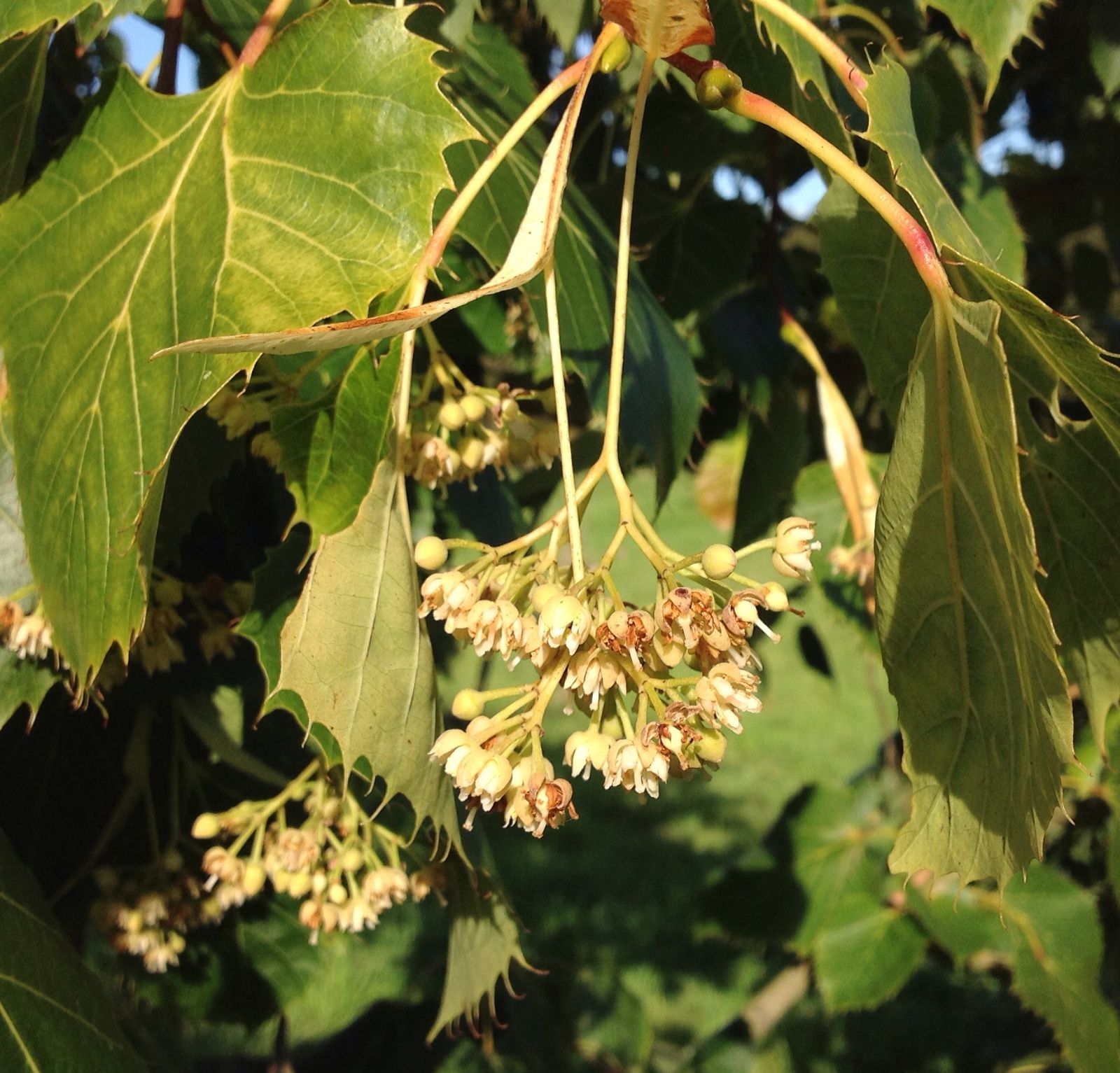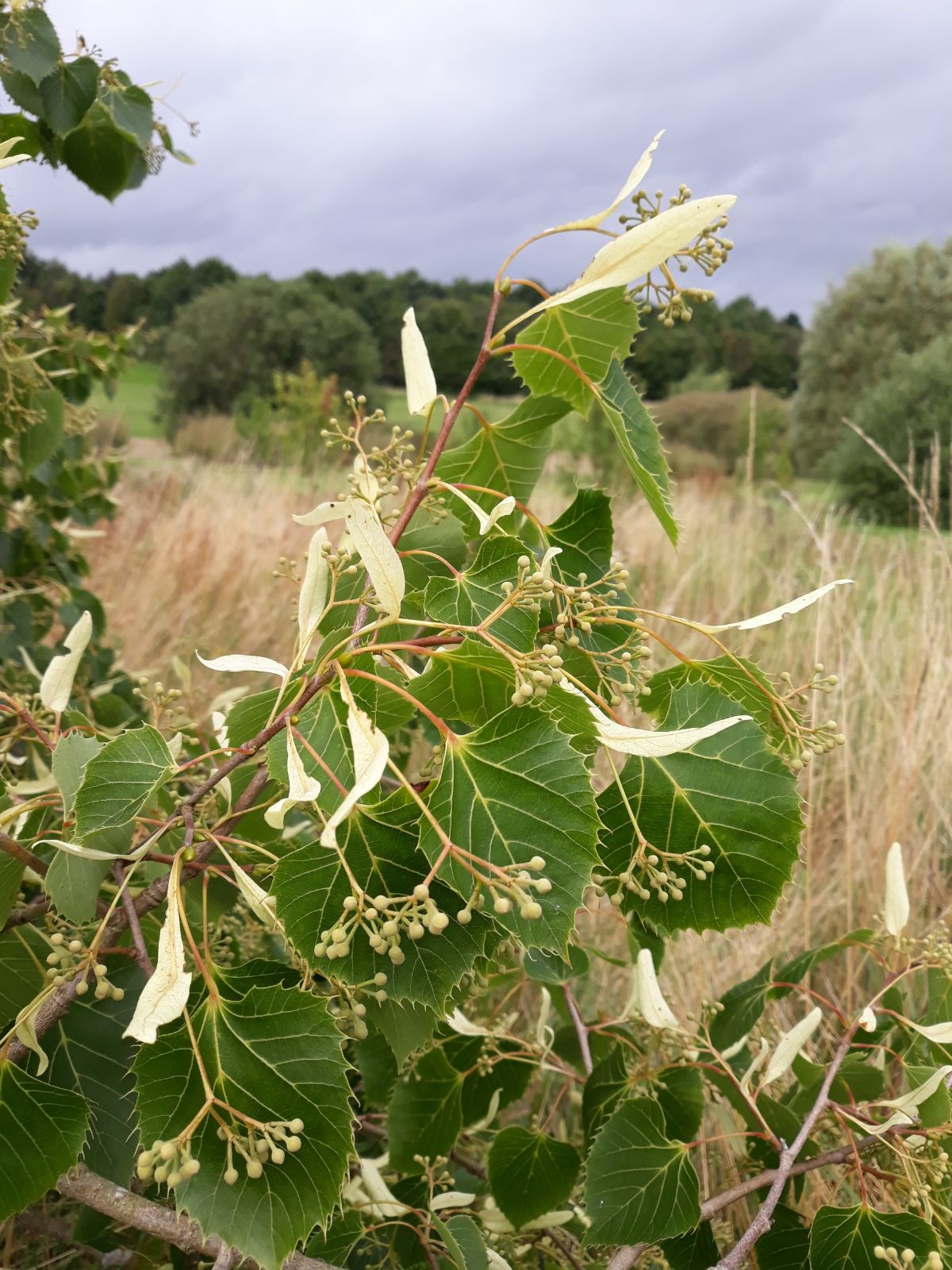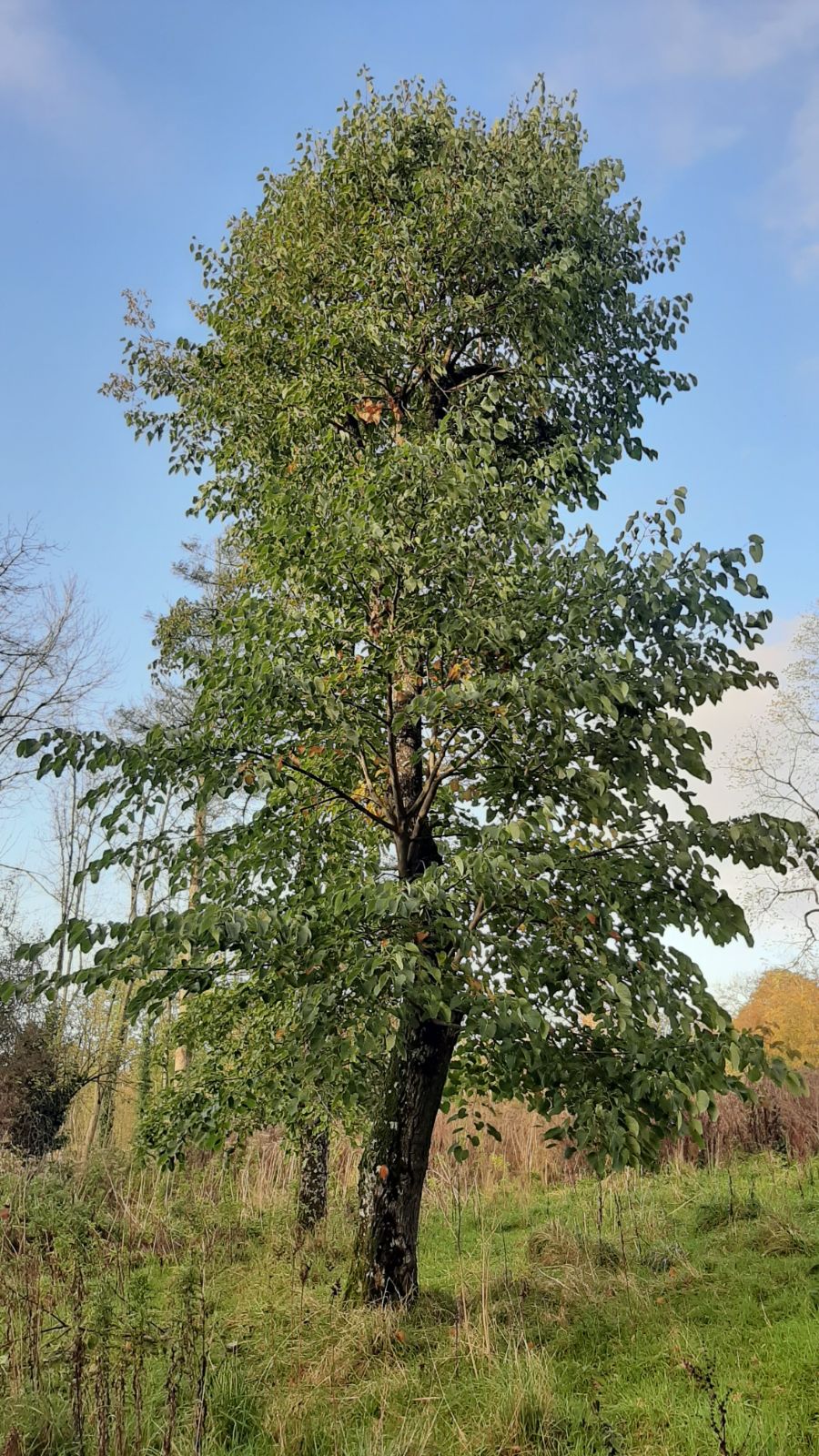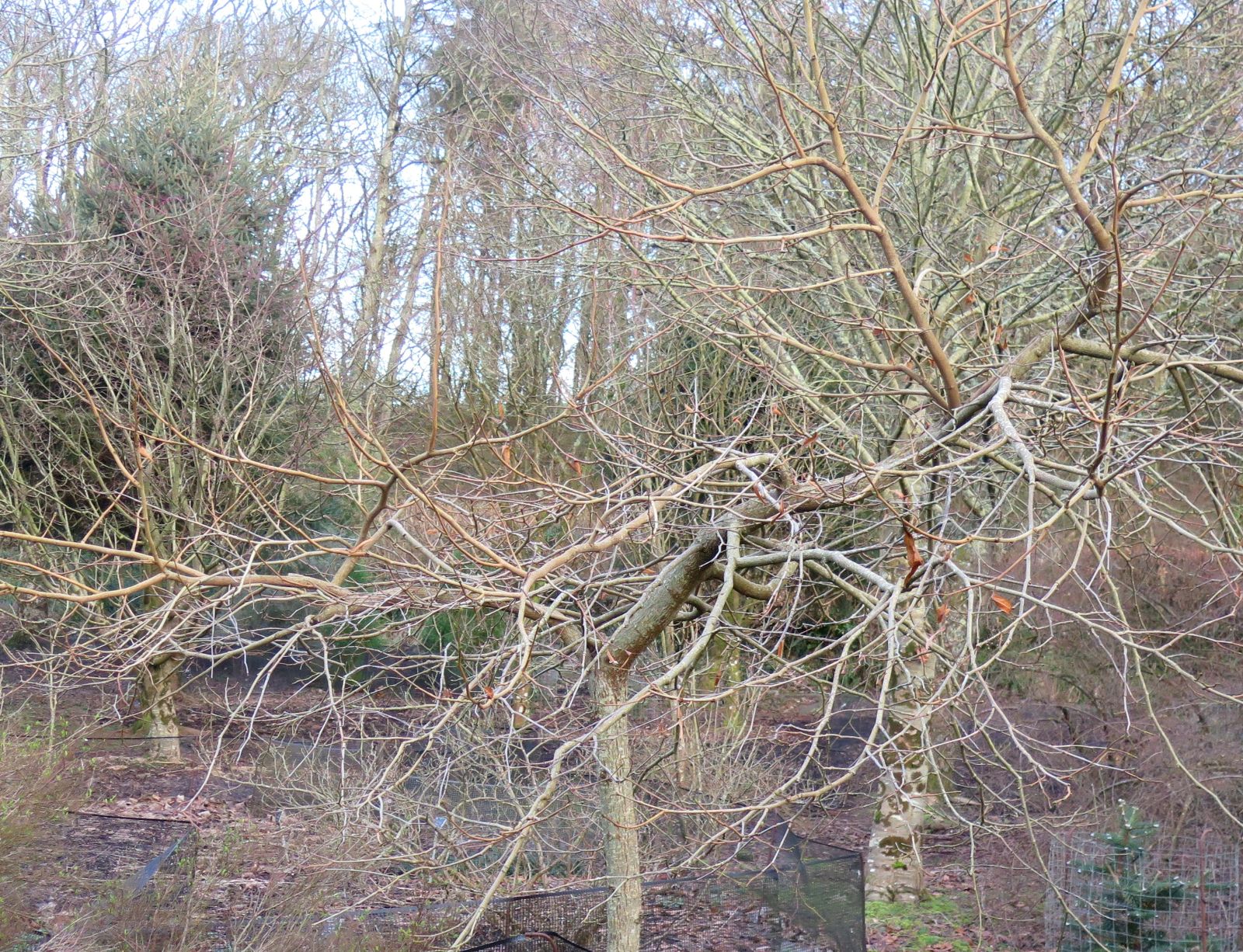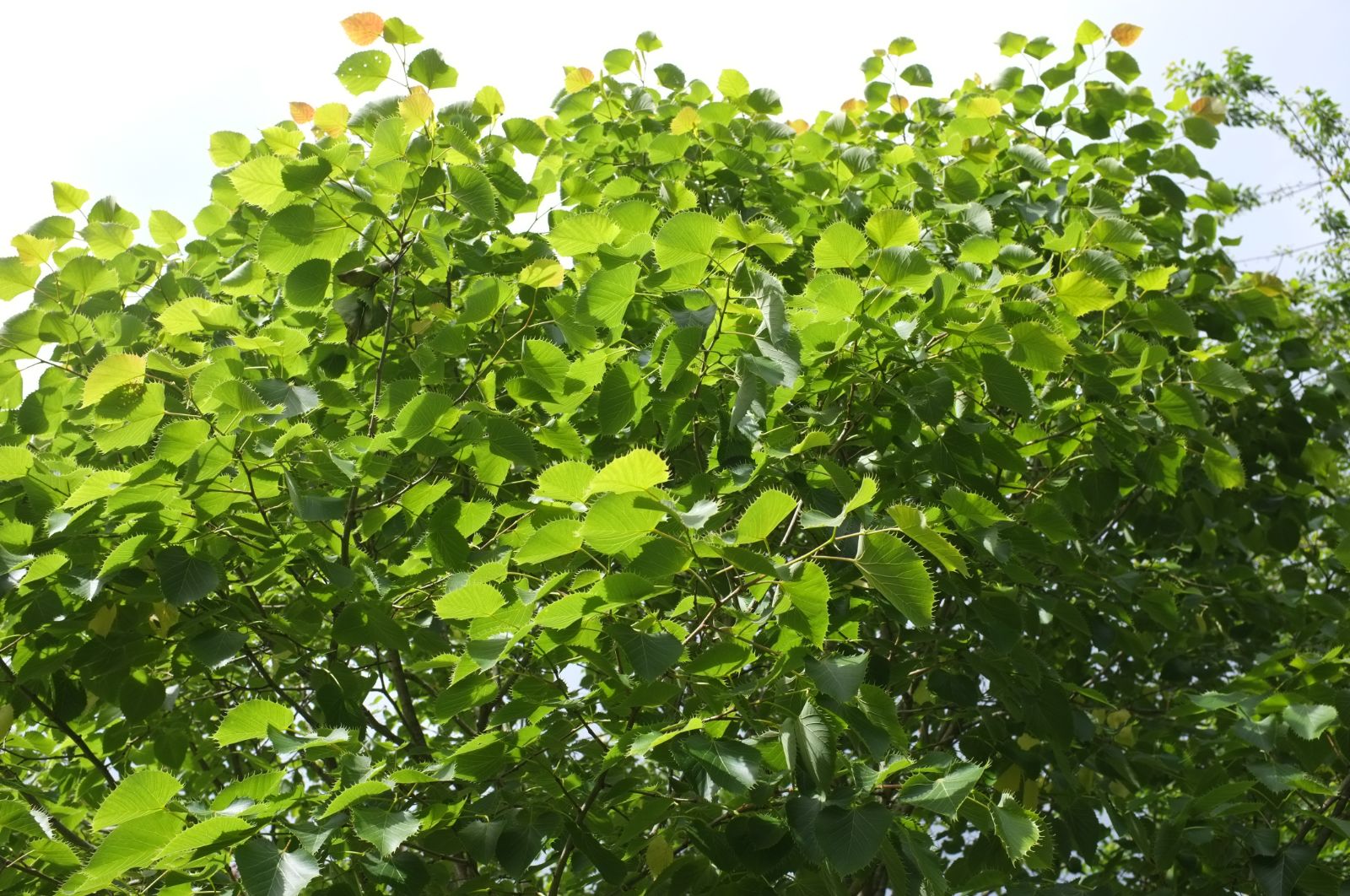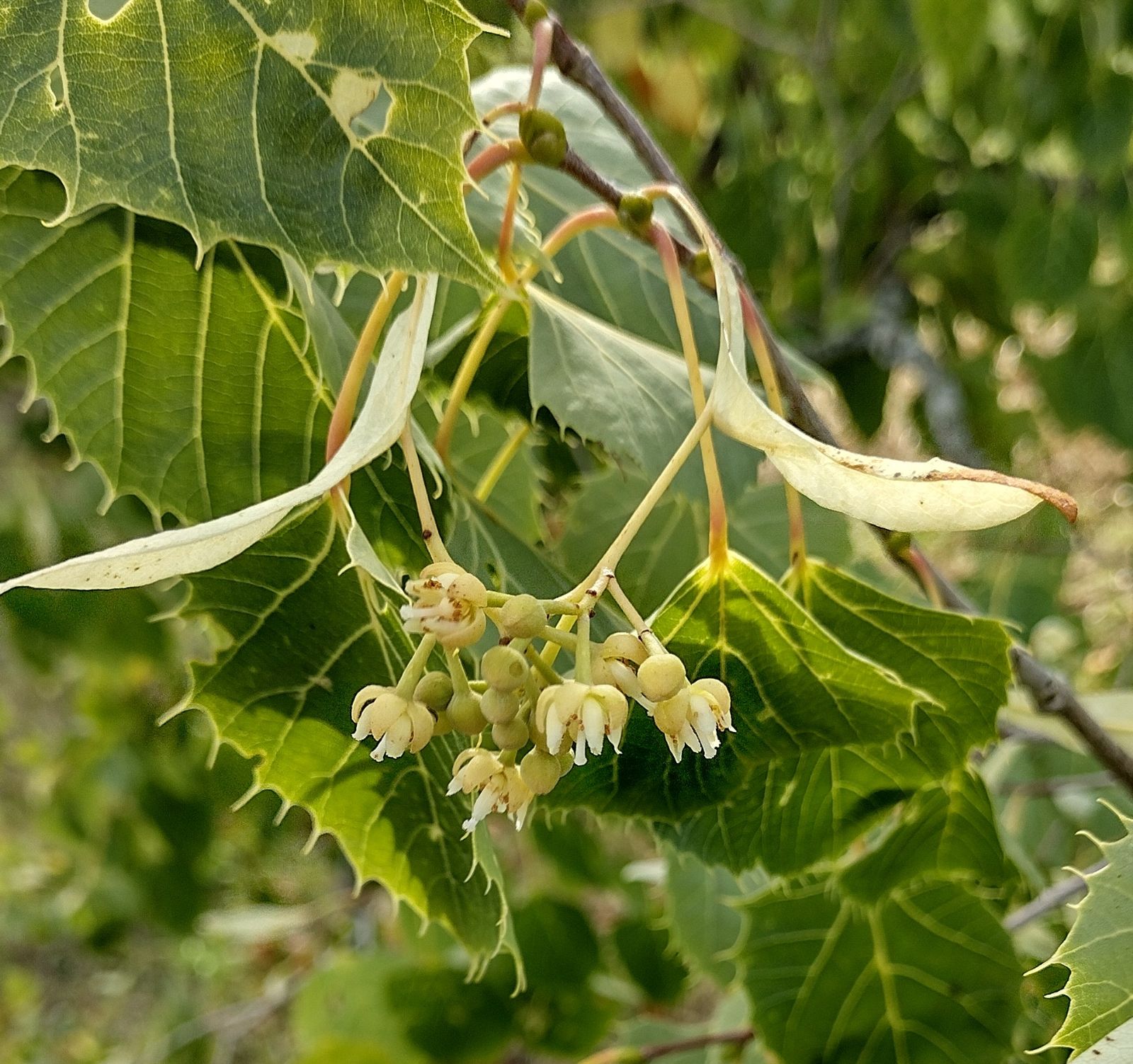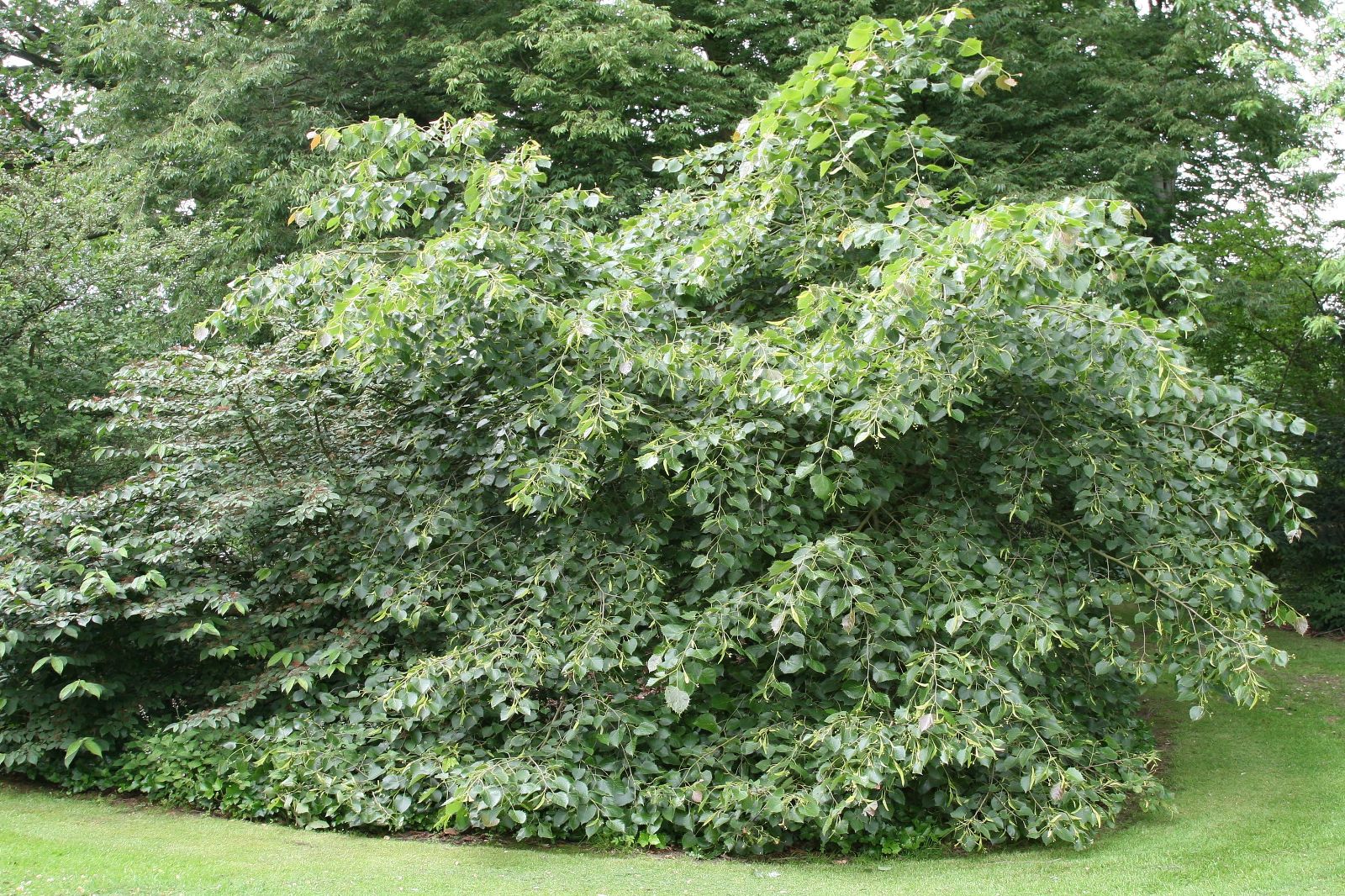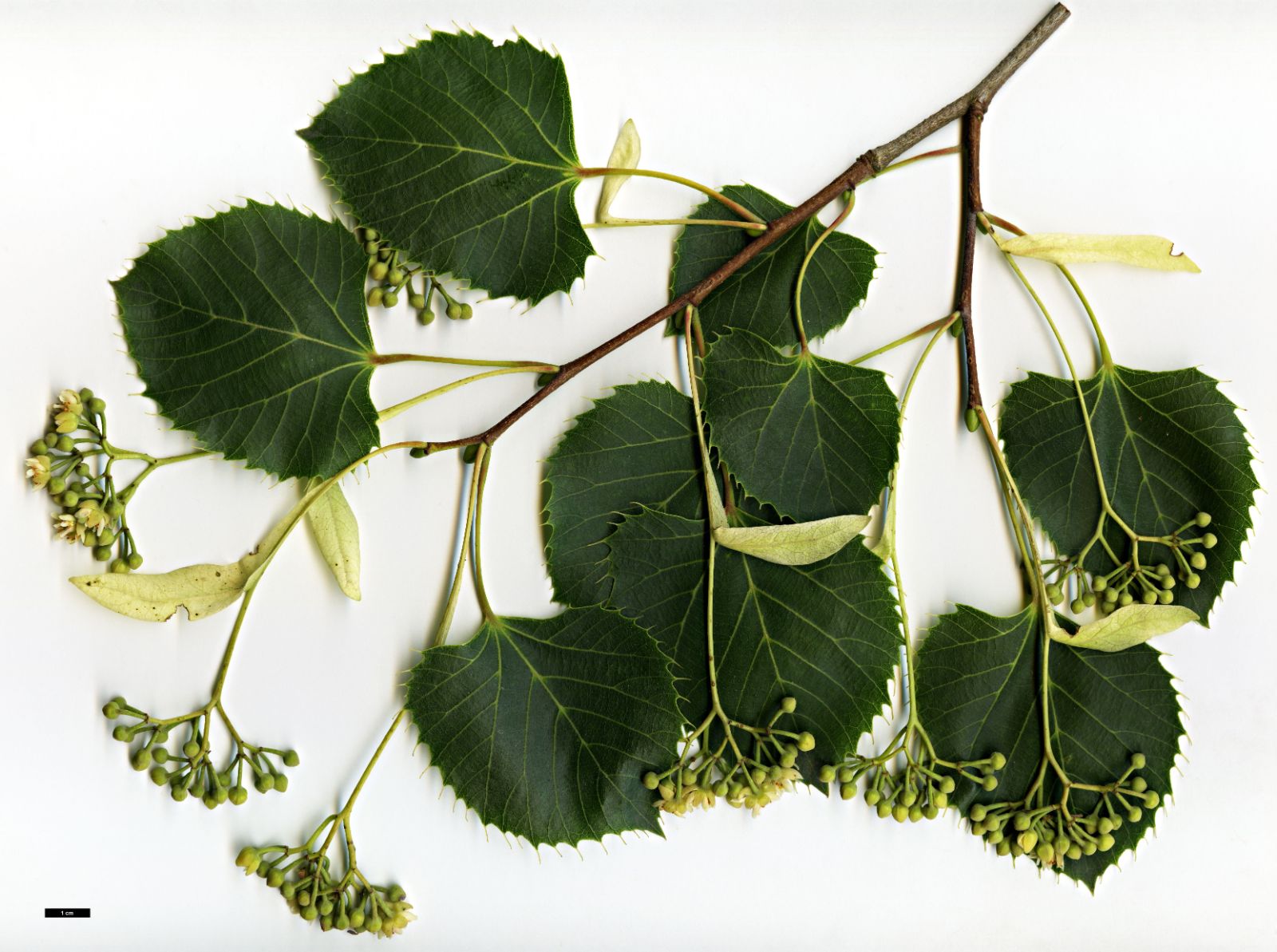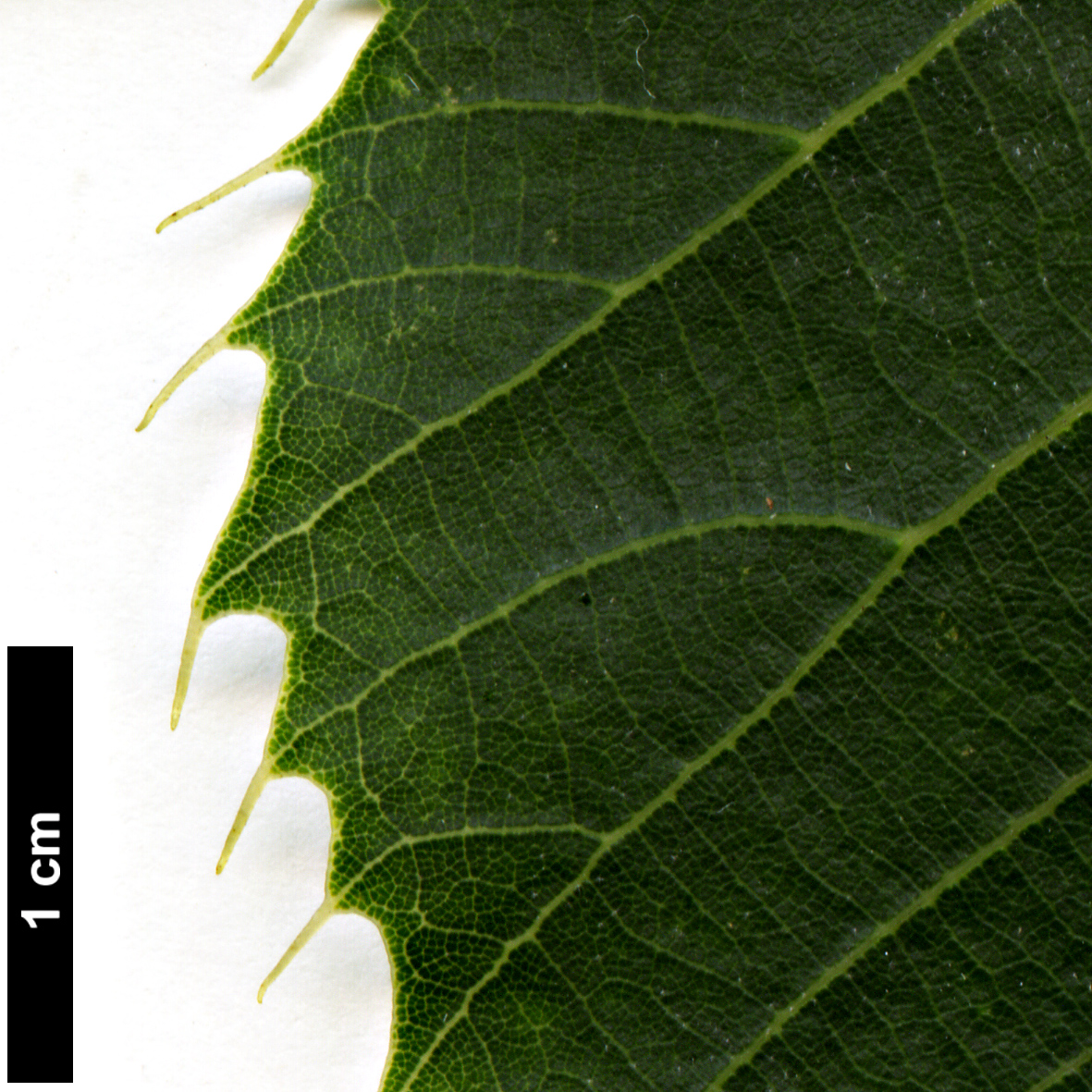Tilia henryana
Sponsor
Kindly sponsored by
a member of the International Dendrology Society
Credits
Owen Johnson & Julian Sutton (2020)
Recommended citation
Johnson, O. & Sutton, J. (2020), 'Tilia henryana' from the website Trees and Shrubs Online (treesandshrubsonline.
Genus
Common Names
- Henry's Lime
- Toothed Chinese Linden
Infraspecifics
Other taxa in genus
- Tilia americana
- Tilia amurensis
- Tilia callidonta
- Tilia chinensis
- Tilia chingiana
- Tilia concinna
- Tilia cordata
- Tilia dasystyla
- Tilia endochrysea
- Tilia × euchlora
- Tilia × europaea
- Tilia × flaccida
- Tilia × flavescens
- Tilia Hanwell Hybrids
- Tilia 'Harold Hillier'
- Tilia 'Harvest Gold'
- Tilia × haynaldiana
- Tilia japonica
- Tilia × juranyana
- Tilia kiusiana
- Tilia mandshurica
- Tilia maximowicziana
- Tilia miqueliana
- Tilia mongolica
- Tilia nobilis
- Tilia × noziricola
- Tilia oliveri
- Tilia paucicostata
- Tilia platyphyllos
- Tilia tomentosa
- Tilia tuan
- Tilia 'Westonbirt Dainty'
Tree to 26 m. Bark pale grey, developing scaly ridges after about 40 years. Twigs stout (2.5–5.5 mm thick) with longitudinal bands of dense white stellate pubescence. Buds blunt-tipped, with 2 exposed scales of almost equal length, sparsely hairy. Leaves 7–10.5 × 6–9.5 cm, flushing pinkish orange; becoming dark shining green above, paler beneath with brown hairs under the veins or a variable cover of brown stellate hairs, predominantly with 4 and 8 arms; marginal teeth consisting almost entirely of awns 1.3–3.5 mm long, which are extensions of the primary and secondary veins. Floral bracts 7–12.5 × 0.7–2.5 cm, oblanceolate, gradually narrowing to a stalk 0.5–2.3 cm long. Inflorescence drooping, branching 2 to 4 times to from a compact cyme of 12–c. 60 small flowers. Staminodes present. Fruit small, spherical, 6 mm wide, with 5 ribs, the wall mamillate between them, thin, and often splitting when dry (Tang et al. 2007; Pigott 2012).
Distribution China Anhui, Henan, Hubei, Hunan, Jiangsu, Jiangxi, Shaanxi, Zhejiang.
Habitat Forests, to 1200 m.
USDA Hardiness Zone 6b
RHS Hardiness Rating H5
Conservation status Least concern (LC)
The sole representative of Section Henryana (Pigott 2012), Tilia henryana is instantly recognisable by virtue of the leaf margin, which is almost entire except for long bristles tipping each vein. These are strikingly pale and are further accentuated by sparse light-trapping starry hairs, so that they resemble eyelashes coated in white mascara; the effect is glamorous, almost camp. The silvery crimson of the unfolding leaves, which are briefly but densely downy, is also among the showiest features within the genus. The flowers, in usually large, dense heads, are almost the last to open of any lime, at least in European cultivation, and are very welcome in September as a source of fragrance in the garden and fresh tisane after dinner.
Tilia henryana was descibed in 1890 by the Polish botanist Ignaz von Szyszyłowicz, from a herbarium specimen collected by Augustine Henry in Hubei a few years earlier, and named in Henry’s honour. E.H. Wilson probably sent seed from Hubei to the Veitch Nursery in 1901 (Bean 1981), although herbarium specimens under W 1392 were collected too early in the year for seed to have been ripe (Sargent 1916). There are no records of plants surviving from this possible introduction.
The first plantings in Europe were probably at Birr Castle, Co Offaly, Ireland, in 1938, from seed received from the Lushan Botanic Garden (Bean 1981; Lord Rosse, pers. comm. to T. Christian 2019). In 2014 the two Birr trees were 10 m, dbh 45 cm and 17 m, dbh 31 cm (Tree Register 2018). There is a fine upright specimen at Chateau de Courson, France, much remarked-upon during the famous flower show Les Journées des Plantes de Courson; its origin is unknown, and it doesn’t seem to have been propagated (R. Lancaster, pers. comm. 2020). In general, however, this species has gained a reputation for making poor specimens, in Britain at least. Too often the tree fails to produce a strong leader and appears stunted, twisted or otherwise malformed. Although it has been mooted (Johnson 2015) that unsuitable graft wood from low branches is the reason for this, it seems more likely that the cause is genetic, a poor clone having being circulated, almost to the exclusion of all others. There seems to be no other evidence of topophysis in Tilia, depite considerable collective experience of grafting across a range of species. It is widely hypothesised that the poor clone may be the one grown at Kew as var. subglabra (J. Grimshaw, N. Macer pers. comm. 2020). It seems wise to plant other clones to avoid this problem: several cultivars have been named to that end, but the majority of trees labelled T. henryana remain this very poor clone.
T. henryana has acquired a reputation for requiring milder, more sheltered gardens: this may not be entirely justified. It has proved hardy through cold winters in the eastern United States and in Central Europe, and the warm summers of more continental areas are probably beneficial. At the Arnold Arboretum, Massachusetts, a tree grown from seed sown in 1974 had a dbh of 45 cm in 2019 (Arnold Arboretum 2020). In the United Kingdom it grows best in regions where it can enjoy some summer heat. There are several examples in Cambridge University Botanic Garden for example, including a group that has been table-top pruned to create a shaded canopy over the cafe terrace (Cambridge University Botanic Garden 2011). However with careful siting and care it can grow in much cooler locations, such as in a private garden at nearly 750 ft (228 m) altitude, to the north of Bridge of Cally, Perthshire, Scotland, where a specimen planted in 2012 is now c. 3 m tall and growing strongly (C. Pirnie, pers. comm. to T. Christian 2019).
'Arnold Select'
A selected seedling from a tree of proven Zone 6 hardiness at the Arnold Arboretum, introduced around 2003 by Dirk Benoit of Pavia-Kwekerij Deerlijk, Belgium (Jablonski & Plietzsch 2014). The original tree, with a straight leader, was spotted at the Arnold Arboretum by Philippe de Spoelberch while on a Belgische Dendrologie Belge visit, and scion wood was given to Benoit on that occasion by then Curator Peter Del Tredici (K. Camelbeke, pers. comm 2020, Benoit 2006). For a while it was circulated under the name ‘Boston’, but the name ‘Arnold Select’ was later agreed on with the Arnold Arboretum, although some Dutch nurseries still list both (Jablonski & Plietzsch 2014). A newly-propagated youngster was planted at Arboretum Wespelaar in 2004, and has fulfilled the expectation of being an excellent grower of good form. In May 2020 it was 6 m tall, with a canopy diameter of 5 m, and a girth of 41 cm (J. Ossaer, pers. comm. 2020). It has been quite widely distributed in Europe.
'Bluebell'
This name covers trees propagated vegetatively from a strong, upright specimen, one of a batch of distinct, probably seed-raised trees acquired by and planted at Bluebell Arboretum, Derbyshire. Grafted specimens are offered from time to time by Bluebell Nursery (Robert Vernon, pers. comm. 2020).
'Caroline'
A late-flowering cultivar, around three weeks later than is usual in this species. Introduced in 2013 by Dirk Benoit of Pavia-Kwekerij Deerlijk, Belgium (Jablonski & Plietzsch 2014).
'Kerdalo'
This name refers to trees propagated vegetatively from a vigorous, upright specimen with a rounded crown and relatively dense branching at the Jardins de Kerdalo, Trédarzec, Brittany. It was named around 2010 by Nick Macer and distributed by Pan-Global Plants, UK (N. Macer, pers. comm. 2020).
var. subglabra V. Engler
Branchlets and buds glabrous or nearly so. Leaf blades glabrous beneath except in vein axils. Bracts glabrous above. (Tang et al. 2007).
Distribution
- China – Anhui, Jiangsu, Jiangxi, Zhejiang
The name var. subglabra refers to forms with almost glabrous leaf undersides (Tang et al. 2007; Pigott 2012), of which the old, droopy specimen at Kew Gardens is reprersentative. It was raised from seed received from the Nanjing Botanic Garden in 1934 (Grimshaw 2006). The variety is of no particular horticultural significance, despite being widely grown as T. henryana, as noted above.

